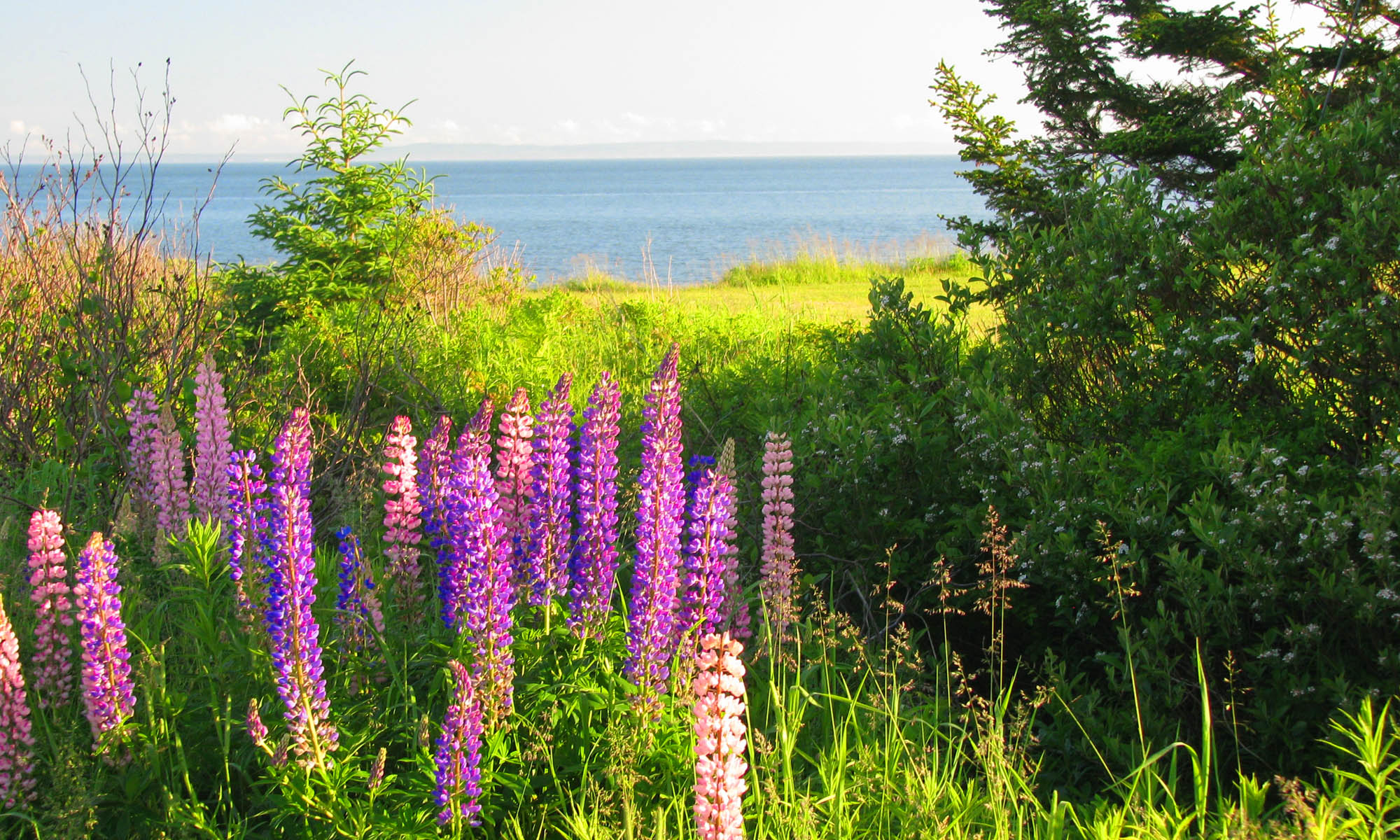I just got an ad for a 50% discount on Photozoom Pro and wondered if it would help the horribly poor photos I have been given for a book I’m preparing. The remaining $99 seemed a bit steep for something I would use infrequently, but I wanted to investigate. Search engines being what they are, I checked it out and found a ‘shareware’ version for free…bad news, the features are all there except a watermark in the output which doesn’t fit my idea of shareware.
Anyway, I tried it and found that it is especially good at removing jpeg ‘artifacts’…the strange pixels around the edge of a transition when the compression is high and the resolution is low. In addition, it seemed to be able to expand a few pixels at low resolution into the diagonal edge of an object they were representing. I suppose the spline function is the key, although that goes beyond the math I can remember from 40 years ago.
There was another tool (I forget the name) based on ‘fractals’…something that never made it into my ancient math curriculum. It was about $200, I believe and didn’t seem to work as well. But while I was poking around the sale on Photozoom went off and I’m too cheap to spend $200 for that.
What I already had in Photoshop Elements which was really useful for salvaging Leslie Stewart’s horribly low resolution photos that he wants in his next book was their ‘Smart Blur‘…a sort of relative to their ‘Unsharp Mask‘ tool. I had never tried it since it lurks under Filters…Blur…Smart Blur way at the bottom of the list. By playing with the settings I was able to get rid of the JPEG artifacts without totally destroying the picture. So my time spent wandering was not totally wasted.

